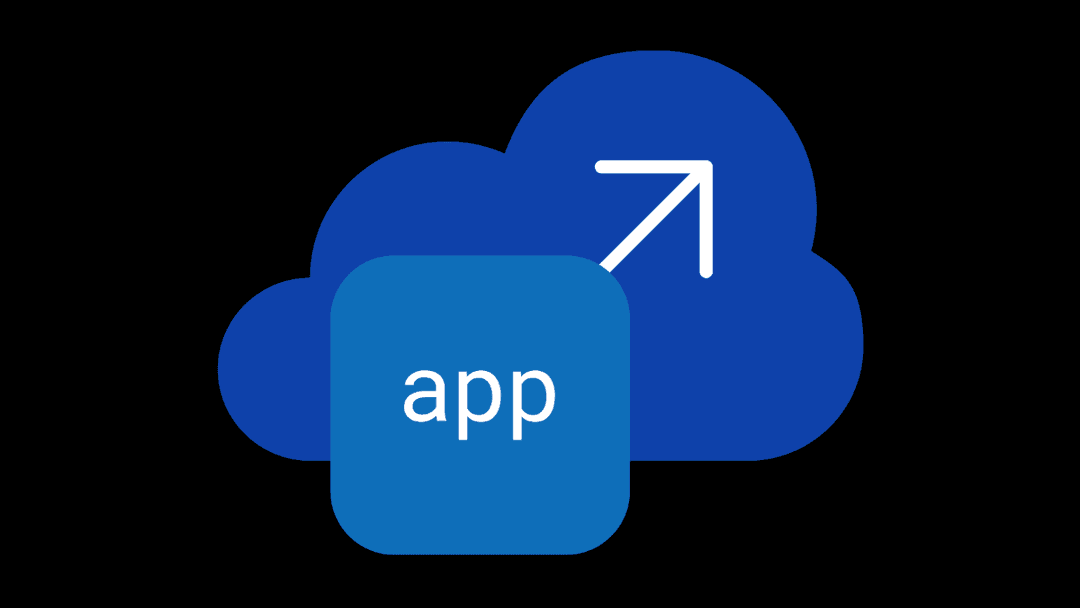Organizations today prioritize digital experiences for customers and employees, leading to the need for transformation and modernization of their applications. While this helps to deliver better digital experiences, it also presents challenges in maintaining effective app security.
Modernizing apps often involves leveraging new microservices, as well as expansion to the cloud and/or the edge. With these changes often comes the introduction of APIs and growth of API-based communication, which can enable rapid innovation. However, these transformational elements can also strain resources, especially security teams, and put pressure on existing app security components. The growing complexity of app deployments amid modernization and an organization’s approach (often a siloed, patchwork set of controls) can manifest in a variety of ways which impact overall security effectiveness:
- An expanding application attack surface – Modernization can expose new security gaps and vectors for opportunistic cybercriminals to exploit, requiring an expanded app security toolset (e.g., API discovery and security, controls for bot and automation, layer 7 DoS, etc.)
- Limited visibility – As security blind spots multiply due to expanding app portfolios and attack surfaces, they may be protected by an inadequate patchwork security implementation
- Complexity – Including management and integration challenges, incorporating new cloud and/or edge technologies, services, and workflows with legacy ones makes it difficult to maintain consistent security control while also meeting growth and innovation targets
- Inflating total cost of ownership – As a result of sprawling point solutions, operational and maintenance costs can increase, which perpetuates inefficient management and can hinder event resolution
- Keeping pace – The need for rapid development cycles can create silos that impede secure development practices, and can limit effective app and API security implementation
Organizations need app and API security that can scale, move at the pace of modern app development, and deliver a comprehensive set of security controls they can implement anywhere. Trying to do this by expanding existing WAF hardware/software footprint(s) or augmenting them with a patchwork of point solutions from multiple vendors to cover all the bases for app and API security in an attempt to keep up as attacks evolve isn’t necessarily the answer. For most organizations, as the cybersecurity skills gap continues to widen, it’s limiting what and how organizations can implement controls, potentially leaving them vulnerable in a variety of ways. Managing WAFs and other app and API security technology demands specialized skills, familiarity with attack techniques, and knowledge of specific platforms/technologies including those from each native cloud provider. Most organizations cannot hire dedicated security expertise (or at least enough) because it’s cost prohibitive or too difficult to find. And without the necessary skillsets, many organizations are struggling to implement effective app and API security at scale to keep up with the pace of development.
These above challenges are compounded by the fact that WAFs and other individual app and API security technologies can be difficult to manage, tune, and maintain on their own—let alone together. This becomes an even more daunting task when attempting to scale to support evolving app portfolios including legacy and modern apps, and complex, expanding app architectures, plus implementing to support changing app requirements.
As organizations continue to grapple with these modern app security challenges and attackers evolve, many are turning to web app and API protection (WAAP) solutions. WAAPs offer streamlined deployment and management of advanced app security controls, often with new AI/machine learning-based tools in a single package—providing organizations with protections beyond legacy WAF. Typically deployed through a Software-as-a-Service (SaaS) model, WAAP solutions scale efficiently, reducing maintenance burdens and providing consistent performance and functionality across locations as app footprints expand. In choosing a WAAP solution, organizations can enjoy consistent performance and functionality anywhere—regardless of an app’s location—while the responsibility of maintaining signatures, software, and hardware (platform) lies with the solution provider.
In implementing a WAAP solution, organizations can expect greater centralized visibility and control over their distributed app endpoints, security policies and growing threat surface—condensing the time to resolution of incidents. This is typically delivered via a unified SaaS control console, allowing the appropriate teams to collaborate in the deployment, monitoring, and management of services and policy across distributed app and API environments with ease. This centralized control can streamline operations by reducing time needed to find and fix potential issues, ultimately enhancing overall effectiveness of any modern app security posture. By adopting a comprehensive WAAP solution like F5 Distributed Cloud WAAP, organizations can easily deploy an integrated app and API security fabric backed by AI/machine learning to augment existing app security implementation(s). This enables the delivery of a consistent app security framework that they can extend anywhere seamlessly from their data center(s) to the cloud, across clouds, and at the edge.
To discuss further with an F5 solution specialist and learn more about F5 Distributed Cloud WAAP, plus demo and trial opportunities, get in touch.
About the Author

Related Blog Posts

AppViewX + F5: Automating and orchestrating app delivery
As an F5 ADSP Select partner, AppViewX works with F5 to deliver a centralized orchestration solution to manage app services across distributed environments.

Build a quantum-safe backbone for AI with F5 and NetApp
By deploying F5 and NetApp solutions, enterprises can meet the demands of AI workloads, while preparing for a quantum future.

F5 ADSP Partner Program streamlines adoption of F5 platform
The new F5 ADSP Partner Program creates a dynamic ecosystem that drives growth and success for our partners and customers.
F5 NGINX Gateway Fabric is a certified solution for Red Hat OpenShift
F5 collaborates with Red Hat to deliver a solution that combines the high-performance app delivery of F5 NGINX with Red Hat OpenShift’s enterprise Kubernetes capabilities.
F5 Silverline Mitigates Record-Breaking DDoS Attacks
Malicious attacks are increasing in scale and complexity, threatening to overwhelm and breach the internal resources of businesses globally. Often, these attacks combine high-volume traffic with stealthy, low-and-slow, application-targeted attack techniques, powered by either automated botnets or human-driven tools.
Phishing Attacks Soar 220% During COVID-19 Peak as Cybercriminal Opportunism Intensifies
David Warburton, author of the F5 Labs 2020 Phishing and Fraud Report, describes how fraudsters are adapting to the pandemic and maps out the trends ahead in this video, with summary comments.
